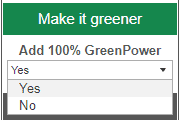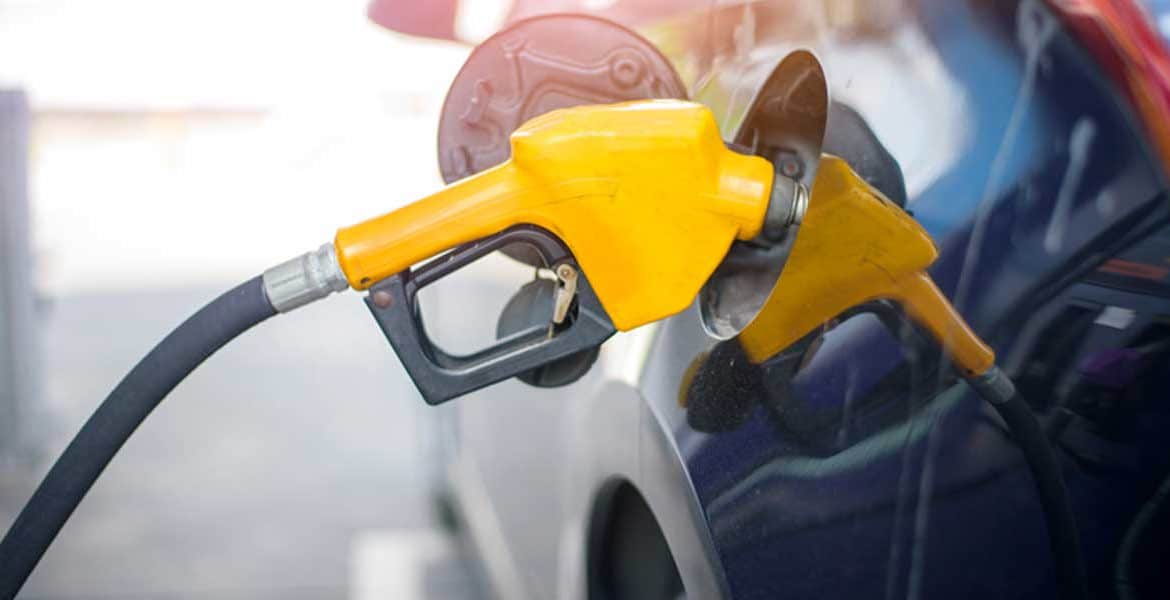Shell announced on Monday 22nd November that it would take ownership of energy retailer Powershop Australia. Many of Powershop’s 185,000 customers loved the retailer’s focus on renewables – so it’s no wonder people are up in arms.

Shell Powershop takeover – two worlds collide
Powershop topped the most recent Green Electricity Guide (last updated in 2018) earning 5-star rating for their local environmental credentials. In contrast, Shell is a global oil and gas producer involved in legal battles to avoid reducing emissions. Since Monday’s takeover announcement, Market Forces, Environment Victoria and Get Up! have openly voiced their displeasure and their desire to leave Powershop to avoid having their money go to Shell.Not a lot of love for Shell
To understand why the Shell Powershop takeover has caused discontent, I’d recommend reading CleanTechnica’s recent article “Shell CEO says the best way to finance clean energy is to consume more oil” . This article is typical of the some criticism levelled at Shell. Ben van Beurden, Chief Executive of Royal Dutch Shell, is quoted as staying, “At this point in time [the cash to support renewables] comes from our legacy business”. Further, Cleantechnica asserts that fossil fuel companies are mounting massive campaigns of greenwashing and gaslighting. The goal is to convince consumers and policymakers that it’s okay to keep burning billions of barrels of oil and gas until at least 2050.Part of a transition – kudos to Shell for seeing the renewables light?
Shell has an ambition to challenge Australia’s big electricity retailers. The global giant purchased Aussie energy retailer ERM Power in 2019. And they’ve been investing in large scale solar farms. Shell’s “Powering Progress” strategy is to become a global leader in renewable electric power supply. Big fossil fuel companies must inevitably transition their business to renewable energy. Otherwise, they are on the road to becoming another Kodak. Is finally doing the ‘right thing’ something to applaud or simply a fight for survival? The pragmatists will take the move toward cleaner energy as a win, others may find it harder to forgive companies with long histories in ‘dirty’ energy. Let’s not forget that Australia’s biggest polluter is AGL (Source: Clean Energy Regulator). AGL has committed to getting out of coal and has been ahead of the government on this. Could AGL’s exit from fossil fuels happen sooner? Many people believe it could and should. But regardless, major players in the energy sector get that change is inevitable. Ultimately the market will reward businesses positioned to capitalise on clean energy. In contrast, those companies with stranded ‘dirty’ generation assets will ultimately decline. If the takeover of Powershop has prompted you to think about whether another retailer might be a better fit for for you, here’s a rundown on what you can do to ensure greener energy.So what other green retailers can I switch to?
We’ve had several Powershop customers ask us this question in the last two days. The question is easy, but the answer is more nuanced. Why? Because your retailer isn’t the most important contributor to reducing emissions. Firstly, we’ll cover how you can buy greener electricity directly, plus a run down on ‘Green’ retailers. As consumers, we have plenty of options to reduce emissions – from installing solar, switching to an EV, installing a battery, shifting usage to the daytime when renewable generation is high and buying GreenPower. While retailers “invest” in renewables in different ways (as we do at WATTever with our own solar, batteries, EVs etc.), retailers only have a small profit margin to spend. Often that profit margin is maybe a cent or two per kWh after costs. As consumers, we can source 100% of our imported electricity from renewables by buying 100% GreenPower, which is paid to renewable generators for each kWh they produce. At an extra 3-9c per kWh for GreenPower, that’s usually more than retailers have in profit margin to invest in renewables.But what about carbon offsets?
The carbon offsets on 100% Carbon Neutral electricity cost retailers around ~1c per kWh. However, those offsets are not as good as 100% GreenPower. GreenPower means there are no emissions associated with the power you buy. With Carbon Neutral electricity, some retailers are charging as little as 0.1c per kWh. So I wonder whether these credits create the permanent offset stated. I would suggest looking for retailers with 100% GreenPower at under 5c per kWh or equivalent for 10/20/50% GreenPower. Going with a carbon-neutral retail plan is better than nothing. However, if you want clean energy, it’s much better to avoid creating emissions. This way, there’s no question about how effective emission offsets are.Who offers 100% GreenPower
You can view retailers offering 100% GreenPower in our GreenPower Rates page or by adding GreenPower when completing an electricity comparison by selecting Yes in the dropdown option shown below.
Green Electricity Guide
The Green Electricity Guide was produced by Greenpeace and the Total Environment Centre with funding from Energy Consumers Australia. It was very useful when it came out because it was the result of detailed independent research. However, since the Green Electricity Guide’s last update in 2018, 20 new retailers have entered the market across Australia. Many of these new players have good green credentials. An updated Green Electricity Guide would be valuable for those concerned with the level of support retailers offer for renewables. In particular, support for new technologies and tariffs would play an increasingly important role as they empower consumers to take control of their emissions. Some of these include support for:- solar sponge tariffs which offer off-peak rates in the middle of the day when renewables often supply the majority of the grid’s power
- Battery owners through Virtual Power Plants that
- Electric Vehicle Owners to charge cheaper, greener and conveniently
- Powershop – 5 stars
- Diamond Energy – 5 stars
- Energy Locals – 4 stars
- Enova Energy – 4 stars
- Origin Energy – 3.5 stars
- Momentum Energy – 3.5 stars
- Red Energy – 3 stars
Other retailers with good support for renewables include:
- Amber – 100% GreenPower and Carbon Neutral options
- Nectr – 100% GreenPower and Carbon Neutral options and solar and battery packages
- OVO Energy – 100% GreenPower and Carbon Neutral options and EV plan
- Cooperative Power – a not for profit who resells the Energy Locals Local Member plan
- ActewAGL
- AGL
- Amber
- Aurora Energy
- Diamond Energy
- Dodo
- EnergyAustralia
- Energy Locals
- Ergon Energy
- Indigo Power
- Momentum Energy
- Origin Energy
- OVO Energy
- Powershop
- Red Energy
- Synergy
What to look for in a green retailer/plan
To summarise, here are some considerations when choosing a green retailer. Look for;- good rates for 100% GreenPower
- a low total plan cost (including 100% GreenPower). This help making some savings to put towards future solar, battery, or an EV.
- 3+ star Green Electricity Guide rankings for those that have them. For those too new to have a rating, consider the support they offer for solar owners, battery owners, EV owners and those who can access solar sponge tariffs.
- solar and/or battery packages.
- visibility of your usage and % of renewables consumed to help you use understand your energy consumption and when more renewables are in the grid.
Share this article
Facebook
Twitter
LinkedIn

